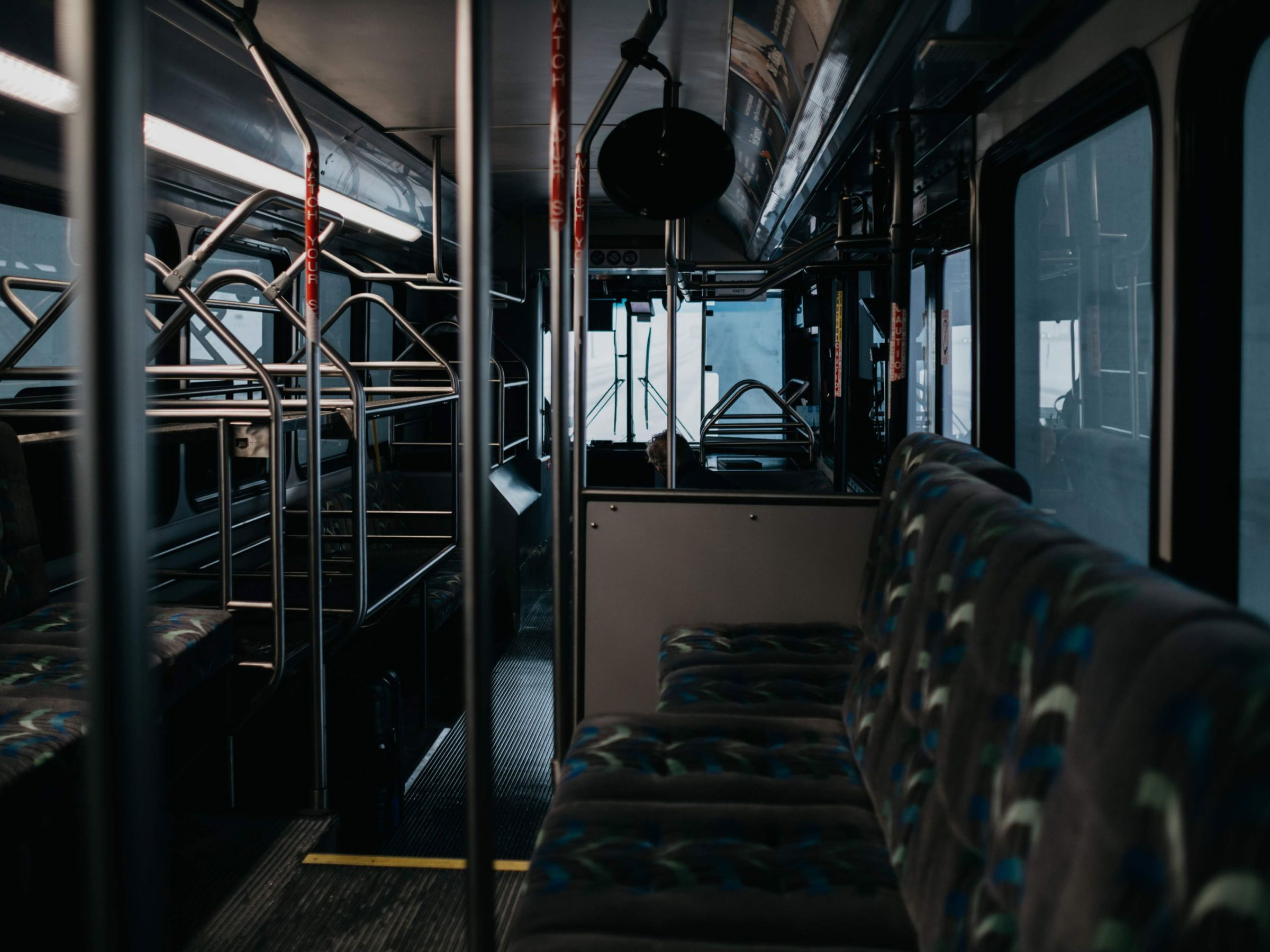What’s the Matter With SEPTA?
April 25th, 2024

By Dean I Weitzman, Esq.
SHARE:
Philadelphia’s main provider of public transportation service, the Southeastern Pennsylvania Transportation Authority (SEPTA) carries millions of passengers each year. Serving Bucks, Chester, Delaware, Montgomery, and Philadelphia counties, SEPTA operates buses, trolleys, trackless trolleys (trolley buses), subways and commuter rail lines. The mass transit operation is the sixth largest in the United States in terms of annual ridership, with 96,709,400 riders in 2014.
Examples of Recent SEPTA Accidents
SEPTA appears to have a troubled history when it comes to the safety of passengers, crews, pedestrians and drivers. A list of recent accidents, injuries and fatalities is shockingly long and includes:
- A toddler killed by a trolley in March 2015
- A SEPTA bus crash on Roosevelt Avenue that injured four people in March 2015
- A crash involving a SEPTA bus and a school bus in February 2015
- Two commuter rail accidents near the Sharon SEPTA station that killed one woman and seriously injured a teen-age boy on the same day in October 2014
- An accident involving a SEPTA bus and a trash truck that injured seven on Christmas Eve 2014
- A trolley accident in November 2014 that injured 13 people
- A trolley car accident that killed the driver of the car in May 2014
- A bus accident in April 2014 that injured at least 20 in Philadelphia’s Center City
And the list goes on. Who is responsible for this seemingly dangerous operation?
Feds Take an Interest in SEPTA Operations
There are no easy answers to this question, but scrutiny of SEPTA operations is not the sole province of Philadelphia area residents and the transit system itself. The federal government is interested in SEPTA as well. For example, in 2013, the Federal Transit Administration, a division of the U.S. Department of Transportation, was ordered to review the operations of the Norristown bus route 100 after several crashes that injured at least 120 passengers and resulted in one fatality.
Unions Urging Improved Safety Measures
The union that represents many SEPTA drivers and other employees has weighed in on SEPTA safety. One issue that attracted attention from the union was the size of mirrors on SEPTA buses that drivers and others blame for accidents that have severely injured or killed pedestrians. According to both the union and SEPTA officials, the mirrors, which measure 15 by 8 inches, create a blind spot that can cause the driver to lose sight of pedestrians for brief moments. Someone walking within the blind spot may not be visible for 15 feet – more than enough to make the difference between life and death or serious injury.
Another union, the Brotherhood of Locomotive Engineers and Trainmen, asked federal regulators to refuse to waive a safety rule that required train drivers to have mandated rest and sleep breaks. The Federal Railroad Administration (FRA) requires two days off for every 14 days worked. SEPTA engineers typically work 67 hours per week, over six days. However, to make it possible for engineers to take necessary rest breaks for optimum safety, SEPTA would need to add more engineers, something it is reluctant to do because of the cost.
It’s difficult to tease out all the safety issues. Is oversight of employees adequate? Is the equipment properly maintained? Are drivers properly trained? Are signs and warning indicators up to the job? The response of the mass transit provider appears lackluster at best, with the agency blaming others and seeking waivers from standard safety requirements. One pilot program aimed at improving safety, described below, almost seems like a case of blaming the victim.
One Safety Pilot Project: Is It Enough?
As part of its response to safety concerns raised by the public, unions and regulatory agencies, SEPTA is piloting a turn warning system on one bus route this spring. The system will sound an alarm and activate a strobe light to warn pedestrians that a bus is turning. This safety system targets distracted pedestrians who may be texting while walking or otherwise not paying attention, according to SEPTA.
Will this technology save lives and prevent injuries? Will piloting of the alarm system on only one route be enough? Only time will tell, but SEPTA should be on notice that one safety pilot may not be adequate to compensate for all the deaths and injuries that have occurred in recent months and years.
 Skip to content
Skip to content